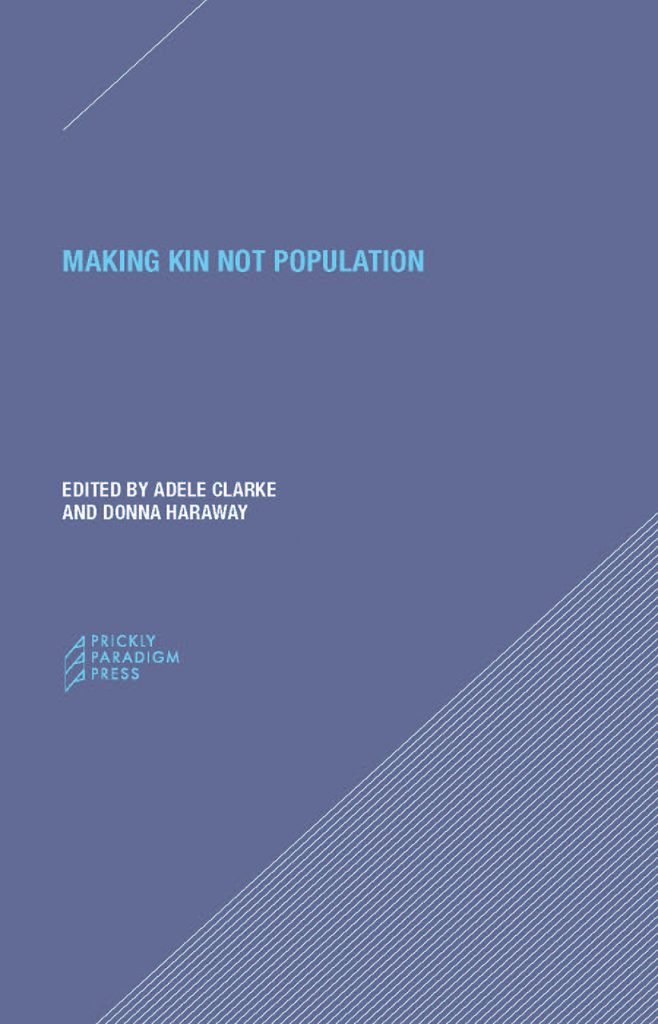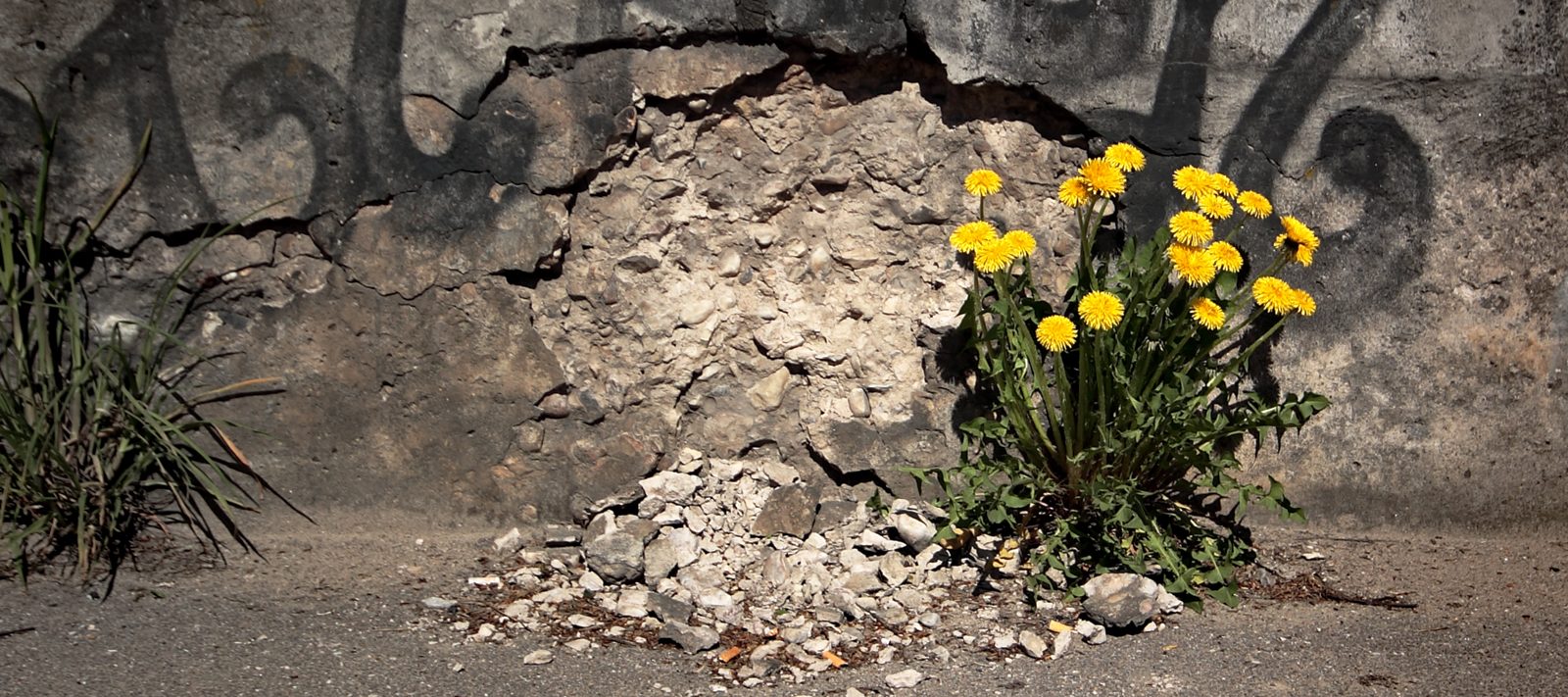Re-imagining Overpopulation

“Recognizing possibilities of other kinds of intimacies–not focused on biological reproduction and making population, but caretaking precious kin that comes to us in diverse ways–is an important step to unsettling settler sex and family.” – Kim TallBear
Thomas Malthus was a racist, and his ideas around “population” growth have long been challenged, particularly by the left. Sadly, the left continues to conflate his racism, problematic stances, and miscalculations with the discussion of the ever-growing number of humans on the planet in general itself. In many circles, the mere mention that there are too many humans is met with accusations of ecofascism. It was with great pleasure that my friends at Queer Nature recommended to me the book Making Kin Not Population, a collection of essays from feminist scholars attacking these very issues.
The number of human bodies existing at any given moment has been increasing exponentially ever since the “Neolithic Demographic Transition.” Essentially some societies began to farm for the majority of their subsistence and–for many complex reasons–this type of full-time agriculture causes populations to dramatically increase beyond the bounds of what some have deemed the “carrying capacity” of a particular ecosystem. While it may be a relative symptom of the complexities of farming, this growth is perhaps the biggest reflection of the sixth extinction: agricultural societies have been converting diverse biomass into human mass for 10,000 years. This is not sustainable. There will be a population decline, as Malthus predicted. Hopefully not as he would have planned it.
Making Kin Not Population is a great lift-off point to rethinking the discussion around so-called “population” growth. Beginning with discussing the problematic aspects and origins of the very concept of “population” as an inhumane generalization that reduces individuals within a complex system to a number on a graph. The term “population” doesn’t represent the actual make-up of those populations, or even the impact of populations-within-populations. While the “population” of India is much larger than the United States, the “population” of the United States contributes much more to the consumption that is fueling climate change. You can’t simply say “population” without integrating these complexities.
The left avoids this conversation because it tends towards discussions of “population control.” Ironically, the most surprising thing I learned in Making Kin was that racist population control is already a deeply intrinsic practice within state-level societies. Rather than talk about de-humanized people on a graph, the concept of “population” must be dismantled and intertwined with “reproductive politics” and “reproductive justice.” I can’t think of a better response to the claims of fascism, than this.
When the left casts the dark shadow of Malthus over the mere discussion of this topic, it does more harm than good. As Jason Godesky recently pointed out in his essay “Overpopulation,” the population decline is inevitable. What isn’t inevitable is how we approach it. By refusing to discuss it, the left inadvertently leaves the inevitable in the imaginations of the very fascists they claim to be fighting against.
The main point of Making Kin however, aside from deconstructing the ideas around population, is to inspire people to imagine relationships beyond the human reproductive ones. Kinfolk are defined as “parts of one another to the extent that what happens to one is felt by the other, such that we live each other’s lives and die each other’s deaths.”
I’m left wondering about the aspects of material determinism, that play a huge role in population dynamics, and how imaginations must go beyond just envisioning how we relate to one another, but literally how we make our living and what strategies we use for subsistence. If agricultural subsistence innately charges humans to reproduce beyond the carrying capacity of their locales (as seen with every full-time agricultural society), than we must address that root catalyst, rather than just overlaying a narrative, or relying solely on a narrative, to counter-act the physics involved. I see so many solutions that present as “we just have to act nicer to one another” rather than looking at the environmental factors that led us down this path to begin with. Our actions are largely dictated by the way we get our food and interact with ecosystems. Root causes can be alleviated with will power, but never truly solved by them. Essentially what I am saying is that I do not think that culture is above physics. Stories are only possible through the access to the physical resources that bring them to life; a fire needs fuel. A fire will burn until it runs out of fuel.
We need to counter the population explosion with a re-design of our subsistence strategies (which lies at the physical roots: it’s not possible to grow at this rate outside of full-time agriculture) *and* a great re-imagining of kinship, in hand with one another. Domestication is essentially the antithesis of kinship; forcing plants and animal lives into an unequal relationship of servitude for the sole benefit of humans. A return to kinship must be at the root of life: the kin we eat to exist, and how we go about eating them. While it may not be possible to return to hunting and gathering full time for everyone, there are many regenerative forms of subsistence that don’t create the same kinds of population problem (i.e. horticulture & permaculture). As Michell Murphy states, “To be against population is to foster a multitude of ways of living in kinship differently that already exist all around us, as well as to continue to create speculative otherwises.” If you’re looking to approach this highly problematic topic with fresh and truthful eyes, this book is the best resource that I am aware of.
Also, I’d love to chat about this with folks over at the Rewild Forum.
